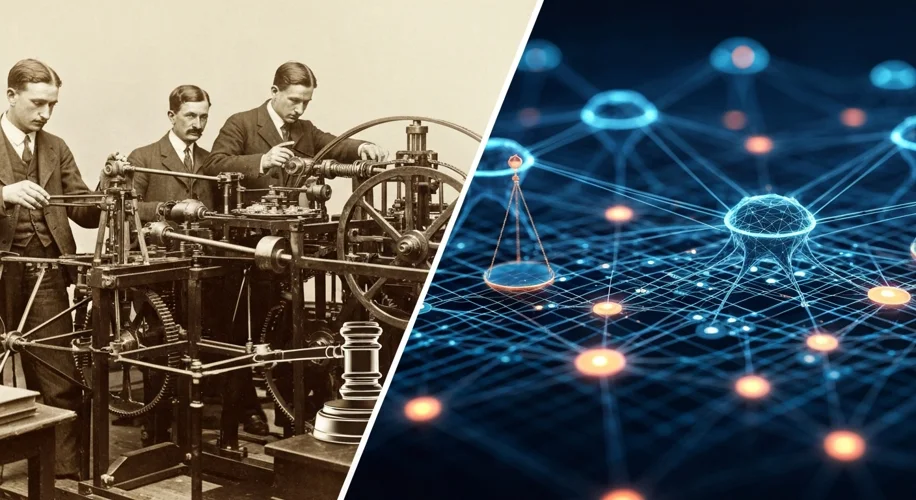It feels like we’re at a significant juncture with artificial intelligence, doesn’t it? As someone who’s spent decades sifting through dusty archives, I often find that the challenges we face today with new technologies aren’t entirely new. They often echo past struggles, just with different tools and terminology.
Right now, the AI industry is grappling with what’s being called its largest copyright class-action lawsuit. This is a fascinating development, especially when we consider the history of intellectual property and technological innovation. Think back to the early days of computing. When new machines emerged, there were always questions about who owned the designs, the code, and the output. Were they inventions? Were they creations of the mind? These were complex debates that shaped the legal frameworks we still rely on today.
The core of the current AI copyright issue seems to revolve around the data used to train these powerful models. Many argue that this training data, often scraped from the internet, includes copyrighted material. The question is, does using this material to train an AI constitute copyright infringement? And if an AI generates something new based on this training, who owns the copyright on that new creation? Is it the AI developer, the user, or perhaps no one?
In my years working with historical documents, I’ve seen similar debates play out. Consider the early days of photography or sound recording. Initially, there was a lot of uncertainty about whether these new forms of capturing and reproducing reality could be copyrighted, and if so, how. Archivists like myself then had to figure out how to preserve and categorize these new forms of information, often creating entirely new systems.
We’re also seeing government actions concerning academic patents related to AI. This brings up another layer of complexity: ownership and control. Historically, universities and research institutions have been cradles of innovation. Patents have been a way to encourage and reward this innovation, but they can also lead to concentrations of power and control over technology.
When we look at the historical arc of technological advancement, from the first mechanical calculators to the complex algorithms of today, there’s a consistent pattern. New technologies emerge, they disrupt existing systems, and then society grapples with the legal, ethical, and economic implications. The debates around AI and intellectual property today are not random; they are part of this long, ongoing conversation about how we foster innovation while ensuring fairness and recognizing the contributions of creators.
It’s a complex landscape, and the answers aren’t always simple. But by looking back at how we’ve navigated similar intellectual property challenges with past technologies, we might find some useful historical context for the path ahead.

